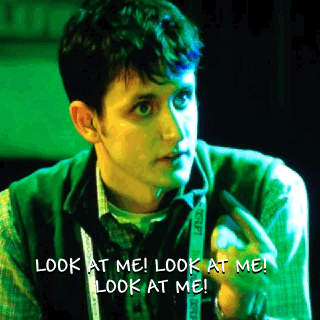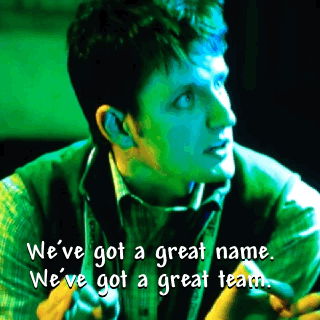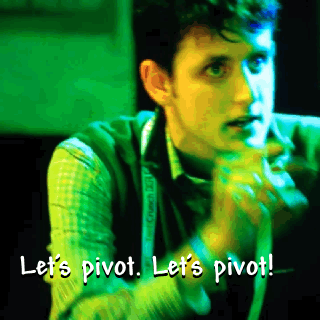Game Design Inspirations: Fortnite's Battle Royale Pivot
For a game that at its core is a cooperative sandbox game, Fortnite's Battle Royale pivot is refreshing and commendable.

Hello and welcome to Game Design Inspirations! GDI is a weekly bite-sized nugget of brilliant game design, taken from the games that I play “for research purposes”.

Fortnite from People Can Fly and Epic Games
Fortnite has had a storied development history. The game was first announced in 2011, lost its lead game designer in 2012, deemed by players to be vaporware in 2013, finally had a closed alpha in 2014, and now, 6 years later, has just recently gone live to the public as a paid Early Access game.

The Fortnite logo when it was announced in 2011
A genre mashup of sandbox survival and coop shooter, the game has had good pre-order numbers, but has had difficulty getting good reviews due to its grindy f2p design and its complicated high concept.

Fortnite logo during the closed alpha in 2014
Throughout its 6 year development cycle, Epic stayed true to Fortnite’s initial vision: “Minecraft meets Left 4 Dead” (as described by Epic Games Founder Tim Sweeney) gameplay with a Pixar aesthetic.
Just last week though, Epic announced Fortnite’s new game mode, Battle Royale, directly inspired by PlayerUnknown’s Battlegrounds (PUBG).

Ramirez with the gang and Fortnite’s 2017 logo!
For a game that at its core was a cooperative sandbox game, the Battle Royale pivot was refreshing and commendable.
The Battle Royale announcement couldn’t have come at a better time. PUBG just recently broke 1.3 million concurrent users on Steam, and interest in the Battle Royale genre is at an all-time high.

Everyone off the Battle Bus! In Battle Royale, 100 players face off in a huge map that gets smaller and smaller as time goes on. The mode was directly inspired by the rules of the Hunger Games
You can tell that the mode was developed and released as soon as Epic was able to — there’s only 1 map, no character customization and no metagame associated with it. The rounds end unceremoniously with a “[Player] has won the game”.

Despite being early days and still in testing, Fortnite’s Battle Royale Mode has been pretty fun!
The game mode works though — it’s fun, pretty balanced and provides that white knuckle excitement that players look for in a Battle Royale.
It’s not easy to be able to think sideways and to break the rules of your game, especially when you’ve been working on it for such a long time. Epic was able to look past this though, they were able to effectively strip away the sandbox and coop elements of Fortnite and use the 3rd person shooter base to create a fast-paced and enjoyable PvP mode.
The Battle Royale genre seems set to go through the same trajectory as other recent popular genres. Similarly, Tower Defense and MOBAs started out as mods of games that initially had totally different gameplay. Their designers then move on to create polished standalone experiences of these mods, which then explode into the mainstream.
These mods have the feel of Outsider Art — Brendan Greene (PlayerUnknown) specifically said that he didn’t know what should and shouldn’t be done when designing a game; people were saying that the rules of PUBG wouldn’t be fun. It’s this outside perspective that allowed him to break the mold, and it’s the kind of thinking that we must have to invent games players have never seen before.
Today’s Moment of Zen:




Jared is pivoting!
Jared: I’ll admit I’m sleep challenged. I just spent 4 days trapped in a steel box out in an oil rig full of robot forklifts. But now I’m back, and I am recovering, and I am focused, and we’re going to pivot. Don’t lose faith guys. Look at me, look at me. We’ve got a great name, we’ve got a great team, we’ve got a great logo, and we’ve got a great name. And now we just need an idea. Let’s pivot. Let’s pivot.
Dinesh: That might be the last time we see him alive.
Thank you for reading! Follow Game Design Inspirations on Medium for weekly and past GDIs.
Read more about:
BlogsAbout the Author(s)
You May Also Like







.jpeg?width=700&auto=webp&quality=80&disable=upscale)








